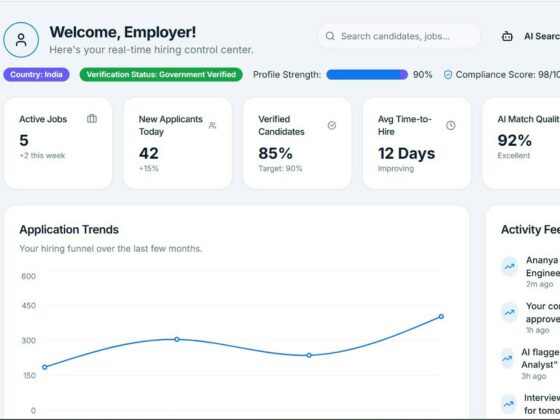
Like many industries, hospitality brands are being asked to do more with less. Hotel marketers must prove that every ad dollar is generating real value. At the same time, user-level signal loss is limiting their ability to see what’s working. Due to changes in operating systems, privacy regulations and browser policies, traditional methods like pixels are breaking down.
For hospitality leaders, this challenge presents a new opportunity to leverage their first-party data. At the center of that opportunity is the next evolution in advertising infrastructure: conversion APIs (CAPIs).
Understanding Conversion APIs
A conversion API allows brands to send conversion events (such as a completed booking or loyalty enrollment) directly to an advertising platform like Meta or TikTok. Compared to pixels, which track users through a browser, conversion events are captured directly by a brand’s servers.
This approach works around blockers that disrupt browser-based tracking and enables better campaign targeting and attribution. CAPIs allow brands to send richer, more structured data (for example, room type or loyalty status), feeding additional context to ad platform optimization models.
Why Hospitality Needs a Stronger Feedback Loop
The hospitality industry is uniquely challenged when it comes to digital attribution, which tracks how different touchpoints contribute to guest conversions. Major hotel companies operate across multiple regions, brands and booking sites. Guest journeys often take place across multiple devices, platforms and channels. For example, a guest may begin browsing for a hotel stay on their phone and then finally make the reservation on their laptop or through the reservation phone line. Without a more dynamic data-sharing framework, it’s extremely challenging for brands to connect the dots.
In this fragmented environment, CAPIs provide a way to create a closed-loop measurement system. For example, if a guest books a room after clicking a Facebook ad but finishes checking out on the hotel’s app, a CAPI connection can pass that event back to Meta’s systems in real time. This allows the platform to attribute the conversion and optimize campaign delivery, resulting in higher ROAS.
Real Impact on ROAS
Brands that have implemented CAPIs are already seeing meaningful performance gains. On Meta, advertisers using CAPIs often report double-digit improvements in ROAS compared to pixel-only setups. That’s because better data helps to identify high-value audiences, suppress unqualified traffic and bid more efficiently. Before CAPIs, these brands were also missing out on attributing offline revenue to digital ads, meaning they underestimated advertising’s business value.
The benefits are even more significant when brands share value-based signals, such as booking revenue or room category, through their CAPI setup. Not all conversions are created equal: a last-minute one-night stay is not the same as a five-day resort package with add-ons. CAPIs enable value-based bidding, so platforms can prioritize ad delivery to users who are likely to generate more revenue. For IT leaders, this data-driven approach ensures that advertising investments are directly tied to business results.
How IT Can Enable Marketing Success
Implementing CAPIs without a trusted customer data platform (CDP) requires technical expertise, cross-functional alignment and a robust data infrastructure. Technology, data and IT teams play a key role.
- Establish secure, scalable data pipelines: Tech teams must help build infrastructure that feeds conversion data from internal systems to media platforms.
- Enable accurate identity resolution: CAPIs are most effective when platforms can tie conversions to users across channels by combining data from websites, apps, loyalty programs and booking engines to build unified guest profiles. Without this foundation, CAPI signals may not reach their full potential.
- Ensure strong data governance and privacy compliance: CAPIs support privacy-forward practices by reducing reliance on browser-side identifiers, but IT teams still need to ensure that consent preferences are respected and that data is sent securely.
When these systems are in place, marketing teams can execute faster and with greater confidence, focusing spend on what generates the most meaningful impact.
A Smarter, Future-Proof Approach to Media Spend
Conversion APIs aren’t a silver bullet. But in an era where signal loss is the norm, they are a vital part of a more resilient, privacy-forward digital marketing stack. By enabling a stronger connection between customer data and advertising platforms, CAPIs help hospitality brands reclaim visibility into their media performance and improve it in the process. They give marketers the ability to act on real-world results, and IT leaders the framework to deliver those results securely and at scale.
About the Author
Grace Metzger is a Sr. Product Manager at Amperity focused on building solutions for paid media. She has 10 years of experience in the advertising technology industry and has witnessed the shift towards data privacy and first-party data enablement. She is passionate about the potential of customer data platforms to unlock the value of first-party data for brand advertisers.








